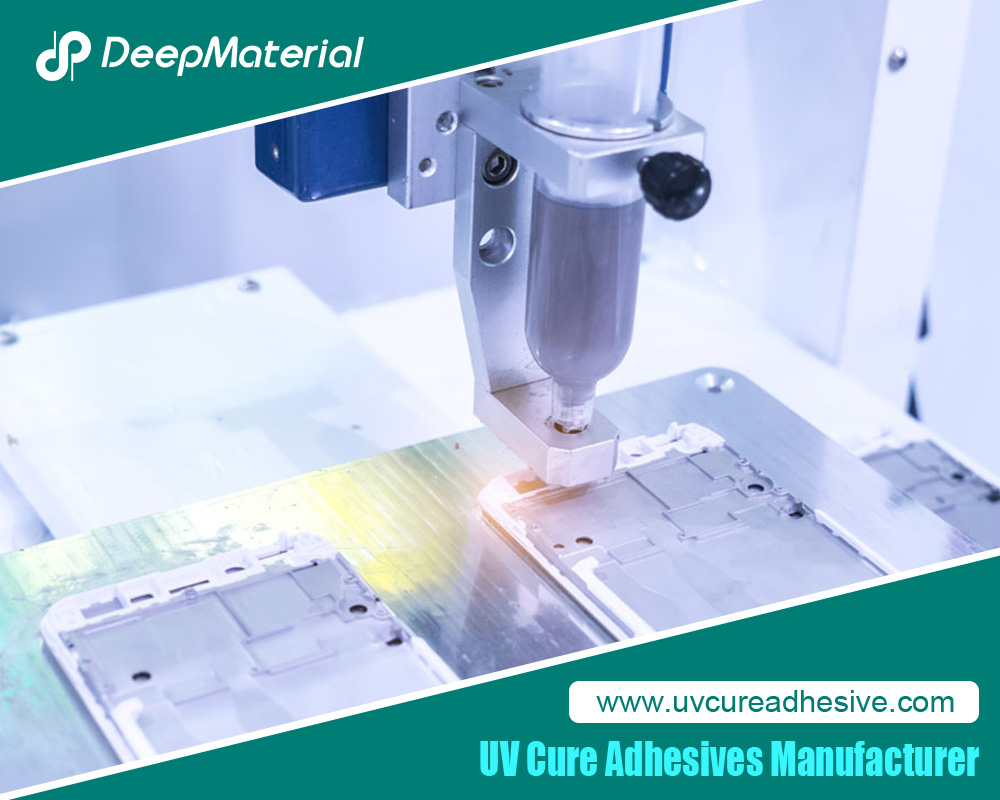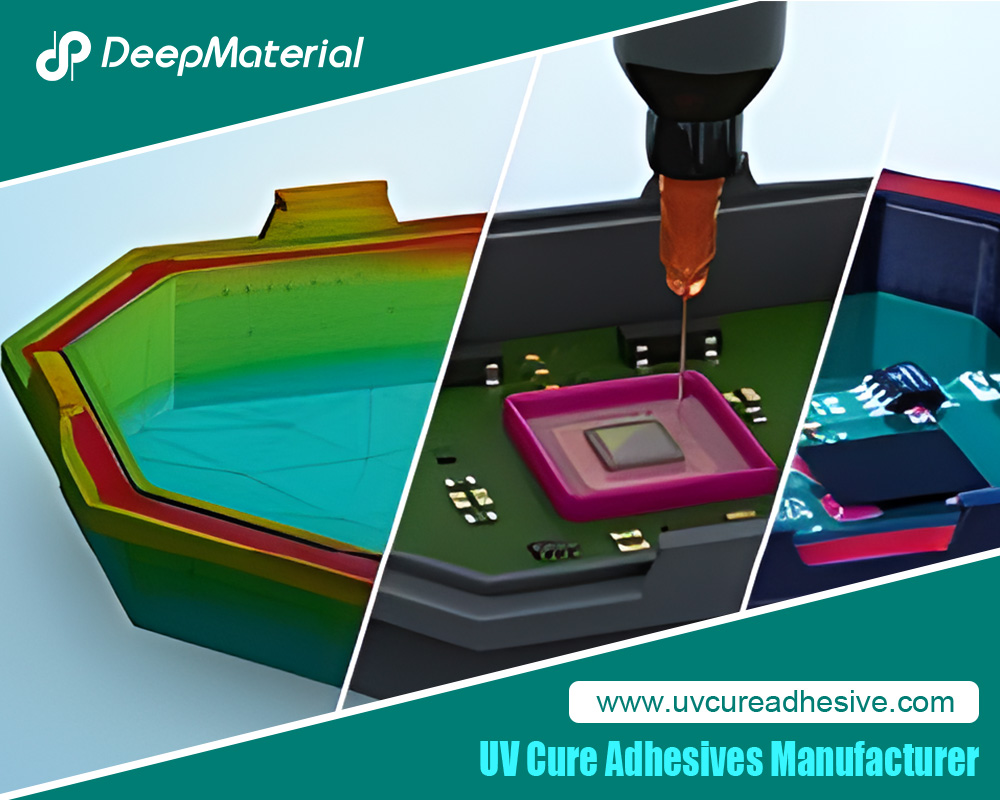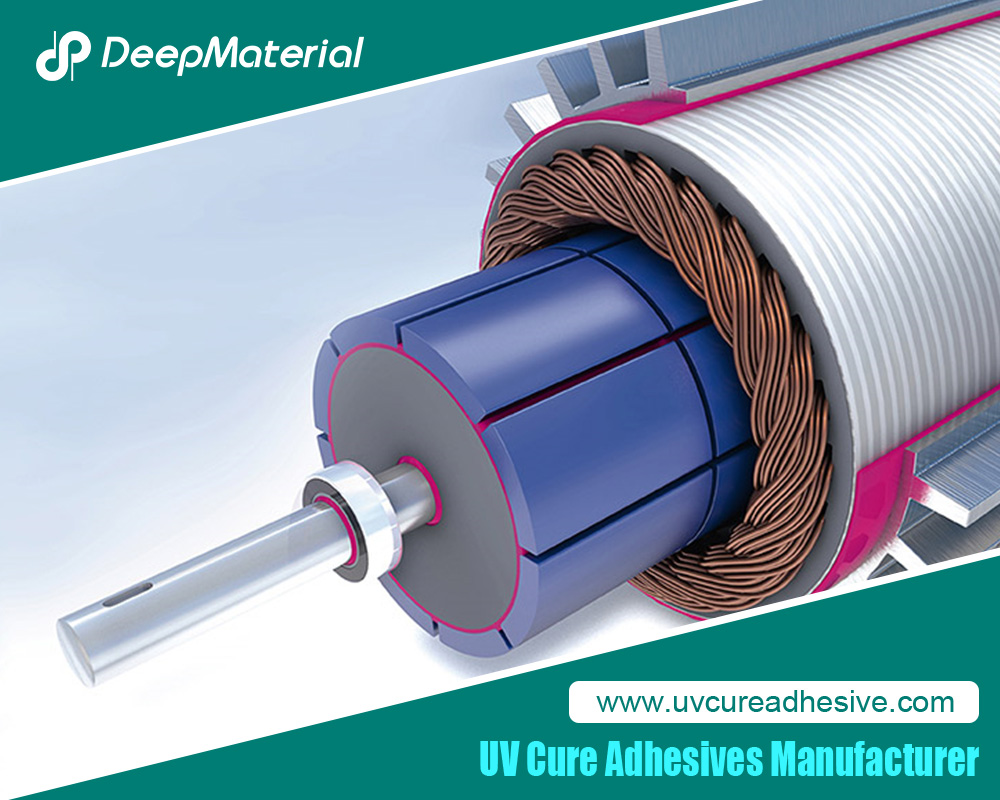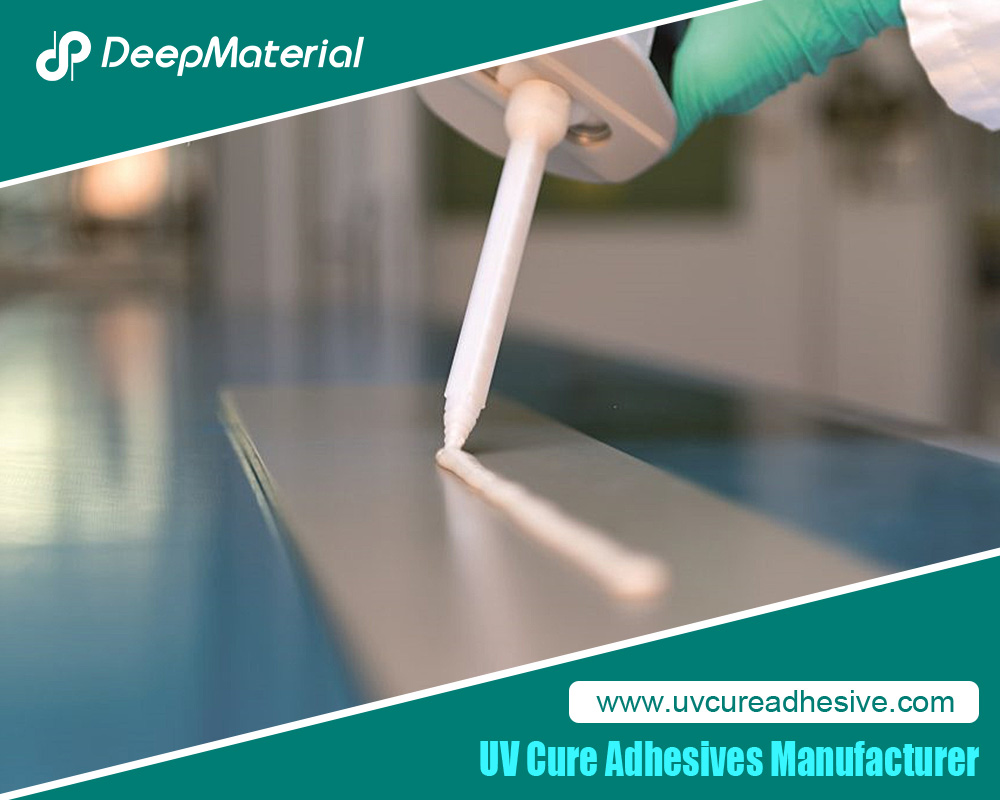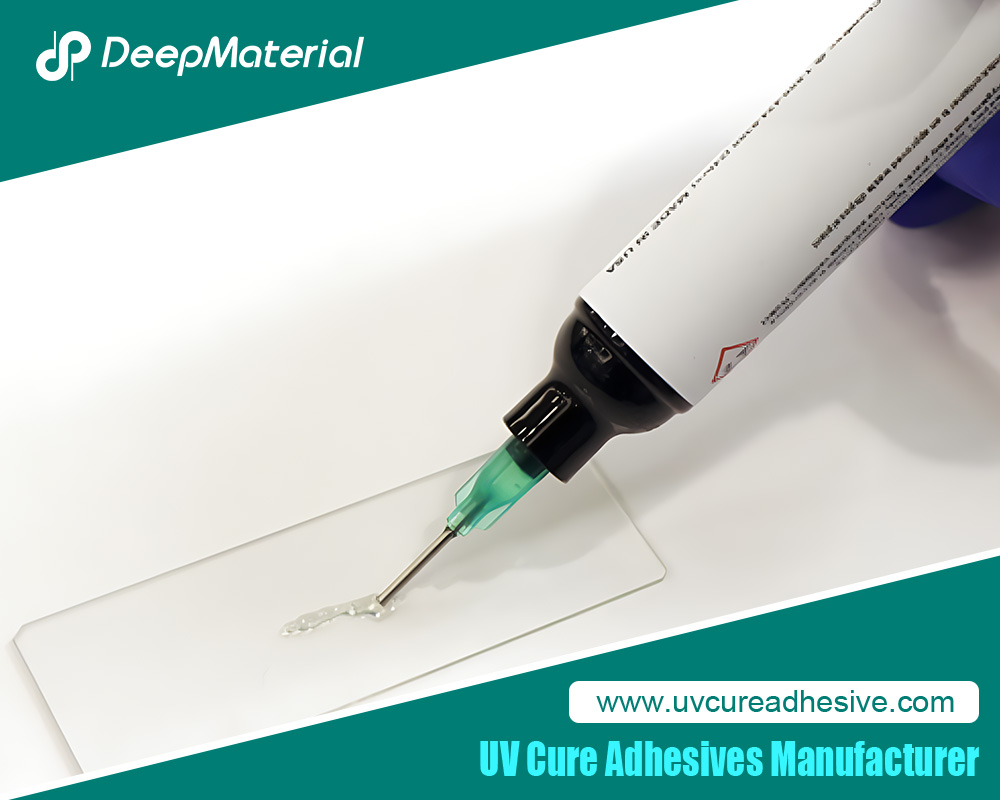UV Curing Glue for Plastic: Revolutionizing Adhesive Technology
UV-curing glue has emerged as a revolutionary adhesive product, offering significant advantages over traditional adhesives. Due to its unique properties and benefits, UV-curing glue, particularly for plastic applications, is gaining widespread popularity. This article delves into the science, applications, and advantages of UV-curing glue for plastic, providing a comprehensive understanding of its role in modern adhesive technology.
Understanding UV Curing Glue
What is UV Curing Glue?
UV curing glue is an adhesive that cures or hardens upon exposure to ultraviolet (UV) light. Unlike conventional adhesives that rely on air drying or chemical reactions to set, UV curing glue uses the energy from UV light to initiate a photochemical reaction. This reaction causes the glue to polymerize and form strong, durable bonds almost instantly.
Composition and Mechanism
The primary components of UV curing glue include photoinitiators, monomers, and oligomers. Photoinitiators are crucial as they absorb UV light and generate reactive species that initiate polymerization. Monomers and oligomers, on the other hand, are the building blocks of the polymer network that forms the adhesive bond.
When UV light penetrates the adhesive layer, the photoinitiators absorb the energy and break down into free radicals or cations. These reactive species then trigger the polymerization of monomers and oligomers, resulting in a rapid curing process that solidifies the adhesive.
Types of UV Curing Glue
UV curing glues are categorized based on their chemical composition and curing mechanisms. The most common types include:
- Acrylic-based UV Curing Glues: Known for their versatility and strong adhesion to various substrates, including plastics.
- Epoxy-based UV Curing GluesOffer excellent mechanical properties and chemical resistance and are suitable for demanding applications.
- Silicone-based UV Curing Glues: Provide flexibility and thermal stability, ideal for applications requiring elasticity.
Applications of UV Curing Glue for Plastic
Electronics and Electrical Components
In the electronics industry, UV-curing glue is extensively used for bonding and encapsulating components. Its rapid curing time and high bond strength make it ideal for assembling delicate electronic parts. UV-curing glue is also commonly used to secure connectors, wires, and sensors, ensuring reliable performance and durability.
Automotive Industry
The automotive sector benefits significantly from UV-curing glue for plastic applications. It is used for bonding plastic components such as dashboards, panels, and interior trim. The fast curing process allows for efficient assembly line production, reducing manufacturing time and costs. Additionally, UV-curing glue provides strong, resilient bonds that withstand the harsh conditions of automotive environments.
Medical Devices
In the medical field, UV-curing glue is used to assemble and bond plastic components in medical devices. Its biocompatibility and ability to form strong bonds make it suitable for applications such as catheters, syringes, and diagnostic equipment. The precise curing control offered by UV light ensures minimal thermal stress on sensitive components, preserving their integrity.
Optical and Display Technology
UV-curing glue plays a crucial role in the optical and display industry. It is used to bond lenses, optical fibers, and display screens. UV curing glue’s transparency and clarity ensure that optical properties are not compromised, making it an excellent choice for applications requiring high optical performance.
Packaging and Consumer Goods
The packaging industry utilizes UV-curing glue for sealing and bonding plastic containers and packaging materials. Its quick curing time enhances production efficiency, while its strong adhesion ensures secure packaging. UV-curing glue is also used in consumer goods such as toys, household items, and appliances, providing durable bonds that enhance product longevity.
Advantages of UV Curing Glue for Plastic
Rapid Curing Time
One of the most significant advantages of UV-curing glue is its rapid curing time. Unlike traditional adhesives that may take hours or even days to fully cure, UV-curing glue can achieve full bond strength within seconds. This quick curing process translates to increased production efficiency and reduced downtime in manufacturing operations.
Strong and Durable Bonds
UV curing glue forms robust and durable bonds with plastic substrates. The photochemical reaction induced by UV light creates a robust polymer network that provides excellent mechanical properties and resistance to environmental factors such as moisture, heat, and chemicals. This durability ensures long-lasting adhesion, even in demanding applications.
Precision and Control
UV curing glue offers precise control over the curing process. By adjusting the intensity and duration of UV light exposure, manufacturers can achieve the desired level of curing and bond strength. This level of control is particularly beneficial for applications requiring accurate alignment and positioning of components.
Versatility
UV curing glue is highly versatile and compatible with various plastics, including polyethylene, polypropylene, polycarbonate, and acrylic. Its ability to bond different plastic substrates makes it a valuable adhesive solution across multiple industries. UV curing glue can also be formulated to meet specific application requirements, such as flexibility, rigidity, or optical clarity.
Environmentally Friendly
UV curing glue is an environmentally friendly adhesive option. It eliminates the need for solvents and other harmful chemicals commonly used in traditional adhesives. The absence of volatile organic compounds (VOCs) in UV-curing glue reduces environmental pollution and improves workplace safety. Furthermore, the energy-efficient curing process contributes to overall sustainability.
Enhanced Aesthetics
For applications where appearance is crucial, UV-curing glue offers superior aesthetics. The transparent nature of the cured adhesive ensures that it remains virtually invisible, maintaining the visual integrity of the bonded components. This property is precious in electronics, optics, and consumer goods, where aesthetics play a significant role.
Challenges and Considerations
UV Light Penetration
One of the primary challenges of using UV curing glue is ensuring adequate UV light penetration to all adhesive areas. Opaque or thick substrates may hinder the proper curing of the adhesive. To overcome this, manufacturers must carefully design and optimize the UV light exposure process, ensuring uniform and thorough curing.
Equipment and Infrastructure
Implementing UV-curing glue in manufacturing requires specialized equipment, such as UV light sources and curing chambers. The initial investment in this equipment and infrastructure may be higher than that of traditional adhesive methods. However, the long-term benefits, including increased production efficiency and reduced curing time, often outweigh the initial costs.
Health and Safety
While UV-curing glue is generally safe to use, prolonged exposure to UV light can pose health risks to workers. To minimize UV exposure, appropriate safety measures, such as protective eyewear and shielding, must be implemented. Additionally, proper ventilation is necessary to prevent the accumulation of any fumes generated during the curing process.
Surface Preparation
Achieving optimal adhesion with UV-curing glue requires proper surface preparation. The surfaces to be bonded must be clean, dry, and free from contaminants such as dust, oil, or grease. Surface treatment methods such as plasma treatment or chemical etching may be necessary to enhance the adhesive bond strength, especially for certain plastics.
Future Trends and Innovations
Advancements in Photoinitiator Technology
Ongoing research and development in photoinitiator technology drive advancements in UV curing glue. New photoinitiators with improved efficiency and reactivity are being developed, allowing faster and more reliable curing processes. These advancements will further enhance the performance and versatility of UV-curing glue for plastic applications.
Nanotechnology Integration
Integrating nanotechnology into UV-curing glue formulations is an exciting area of innovation. Nanoparticles can be incorporated into the adhesive matrix to enhance properties such as adhesion, mechanical strength, and thermal stability. Nanotechnology-enabled UV curing glues are promising for applications requiring high-performance adhesives with tailored characteristics.
Sustainable Formulations
As sustainability becomes increasingly important, a growing focus is on developing environmentally friendly UV-curing glue formulations. Researchers are exploring bio-based monomers and oligomers derived from renewable sources to replace conventional petrochemical-based materials. These sustainable formulations aim to reduce the environmental impact of UV-curing glue while maintaining its high-performance properties.
Automation and Industry 4.0 Integration
Integrating UV-curing glue with automation and Industry 4.0 technologies is revolutionizing manufacturing processes. Automated dispensing systems and robotic assembly lines equipped with UV-curing capabilities enable precise and efficient adhesive application. Real-time monitoring and control systems ensure optimal curing conditions, enhancing productivity and quality in industrial settings.
Conclusion
UV-curing glue for plastic transforms the adhesive industry with its rapid curing time, strong bonds, and versatility. Its applications span diverse sectors, from electronics and automotive to medical devices and packaging. The advantages of UV curing glue, including rapid curing, durability, precision, and environmental friendliness, make it a preferred choice for modern manufacturing processes.
UV curing glue is expected to evolve further as technology advances, incorporating new photoinitiators, nanotechnology, and sustainable formulations. Integrating automation and Industry 4.0 technologies will further enhance its efficiency and effectiveness in industrial applications.
In conclusion, UV-curing glue for plastic represents a significant leap forward in adhesive technology. It offers a reliable and efficient solution for bonding plastic components. Its unique properties and benefits make it an indispensable tool in the ever-evolving manufacturing and product assembly world.
For more about choosing the best UV curing glue for plastic: revolutionizing adhesive technology, you can pay a visit to DeepMaterial at https://www.uvcureadhesive.com/ for more info.

